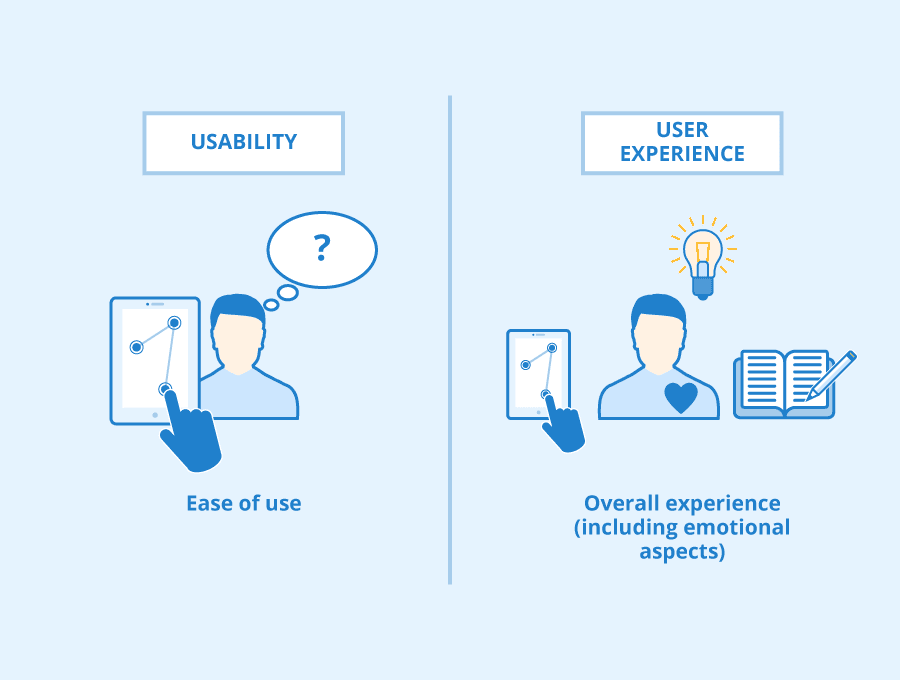In today’s digital world, it’s no secret that e-commerce is a booming industry. With more and more businesses transitioning online, it’s important for Australian e-commerce businesses to stay ahead of the game and maximize their return on investment (ROI).
One popular e-commerce platform is Shopify, which provides an all-in-one solution for online stores. In this post, we’ll discuss some strategies for Australian e-commerce businesses to maximize their ROI with Shopify.
Optimize Your Store Design
First impressions matter, and the design of your online store can greatly impact your customers’ purchasing decisions. Shopify offers a variety of themes and customization options, allowing you to create a visually appealing and user-friendly store that reflects your brand. Consider factors such as color scheme, layout, and ease of navigation when designing your store.
Also make sure that your store is optimized for mobile devices. With the majority of online purchases being made on mobile devices, it’s crucial that your store is responsive and easy to navigate on smaller screens.
Implement SEO Strategies
Search engine optimization (SEO) is the practice of optimizing your website to rank higher in search engine results pages (SERPs). Implementing SEO strategies can help drive more traffic to your store, ultimately increasing your ROI.
Start by conducting keyword research to determine what terms your target audience is searching for. Then, incorporate these keywords into your website’s content, including product descriptions, blog posts, and meta descriptions.
Consider implementing a blog on your website to regularly publish content that is relevant to your audience. This not only helps with SEO, but also positions your brand as an authority in your industry.
Utilize Email Marketing
Email marketing is a powerful tool for e-commerce businesses, allowing you to nurture leads and convert them into customers. Shopify integrates with a variety of email marketing platforms, such as Mailchimp and Klaviyo, making it easy to send targeted emails to your subscribers.
Consider offering a discount or promotion to new subscribers to incentivize them to join your email list. Once they’ve subscribed, send them a series of welcome emails that introduce your brand and provide valuable content. Then, use email automation to send targeted campaigns based on their behavior, such as abandoned cart reminders or product recommendations.
Offer Free Shipping and Returns
Shipping and return policies can greatly impact a customer’s decision to make a purchase. Consider offering free shipping on all orders, or offering a minimum spend threshold to qualify for free shipping. Offering free returns can also alleviate any concerns a customer may have about making a purchase, ultimately increasing their likelihood to buy.
Implement Upselling and Cross-Selling Strategies
Upselling and cross-selling are strategies that encourage customers to purchase additional products or upgrade their existing purchase. Implementing these strategies can increase the average order value (AOV) of your store, ultimately increasing your ROI.
Consider offering related products or complementary items on your product pages. You can also use Shopify’s built-in upsell and cross-sell features to offer customers additional products at checkout.
Leverage Social Media
Social media is a powerful tool for e-commerce businesses, allowing you to reach a wider audience and connect with your customers. Consider leveraging platforms such as Instagram, Facebook, and Pinterest to showcase your products and engage with your audience.
Use social media to promote your products, share user-generated content, and offer exclusive promotions to your followers. Collaborating with influencers or running social media ads can also help to further increase your reach.

Analyze and Optimize Your Performance
Finally, it’s important to regularly analyze and optimize your store’s performance to ensure you’re maximizing your ROI. Shopify offers built-in analytics and reporting tools that allow you to track key metrics such as traffic, conversion rates, and AOV.
Use this data to identify areas where you can improve, such as product pages with low conversion rates or checkout pages with high abandonment rates. Once you’ve identified areas for improvement, implement changes and continue to monitor your performance to see if these changes have a positive impact.
Implement A/B testing to determine what changes have the greatest impact on your ROI. This involves testing different versions of a page or campaign to see which performs better. Shopify offers built-in A/B testing tools, making it easy to implement this strategy.
Provide Excellent Customer Service
Customer service can greatly impact a customer’s experience with your brand and their likelihood to make a repeat purchase. Consider implementing a live chat feature on your website or offering support through social media platforms. Respond to customer inquiries and concerns in a timely and professional manner to ensure a positive experience.
Offer Personalized Recommendations
Personalization is becoming increasingly important in the e-commerce industry, as it allows businesses to offer tailored recommendations to their customers. Use Shopify’s built-in recommendation features to offer personalized product recommendations based on a customer’s browsing and purchasing history.
Optimize Your Checkout Process
A streamlined checkout process can greatly improve your conversion rates and decrease cart abandonment rates. Consider implementing a guest checkout option, displaying a progress bar to show customers where they are in the checkout process, and minimizing the number of steps required to complete a purchase. You can also consider offering multiple payment options to cater to different customer preferences.
Bottom Line
Running a successful e-commerce business in Australia requires a comprehensive approach to maximize ROI. Shopify provides a robust platform for businesses to build, launch and grow their online stores, and by implementing the strategies discussed in this article, Australian e-commerce businesses can take full advantage of the platform’s capabilities.
Following our suggestions can help you can stay ahead of the competition, attract and retain customers, and ultimately increase your return on investment. With the right approach and dedication, the potential for growth and success is endless on Shopify.
The post Maximizing ROI with Shopify: Strategies for Australian E-commerce Businesses appeared first on Creativ Digital.
from Creativ Digital https://ift.tt/zR2LpgA




